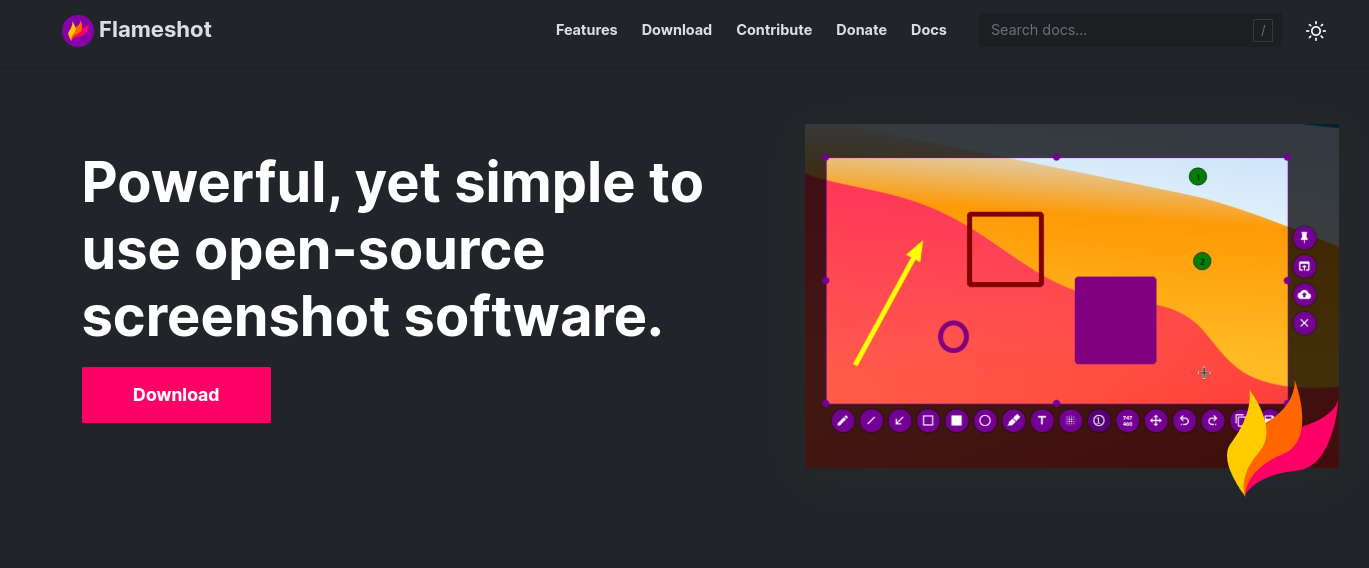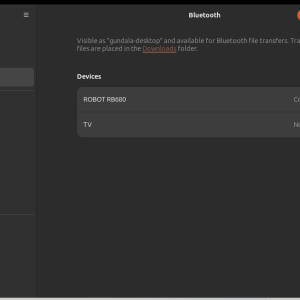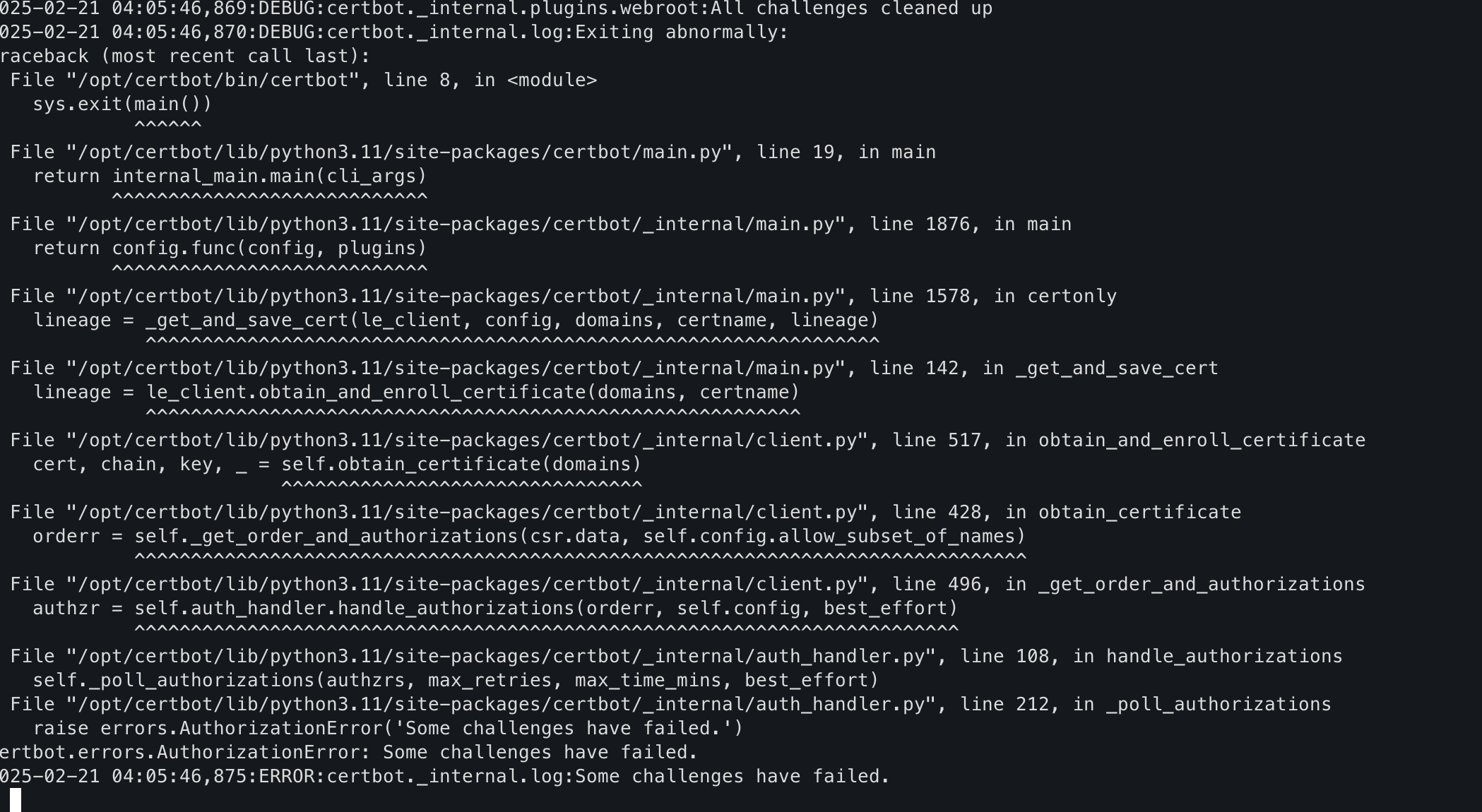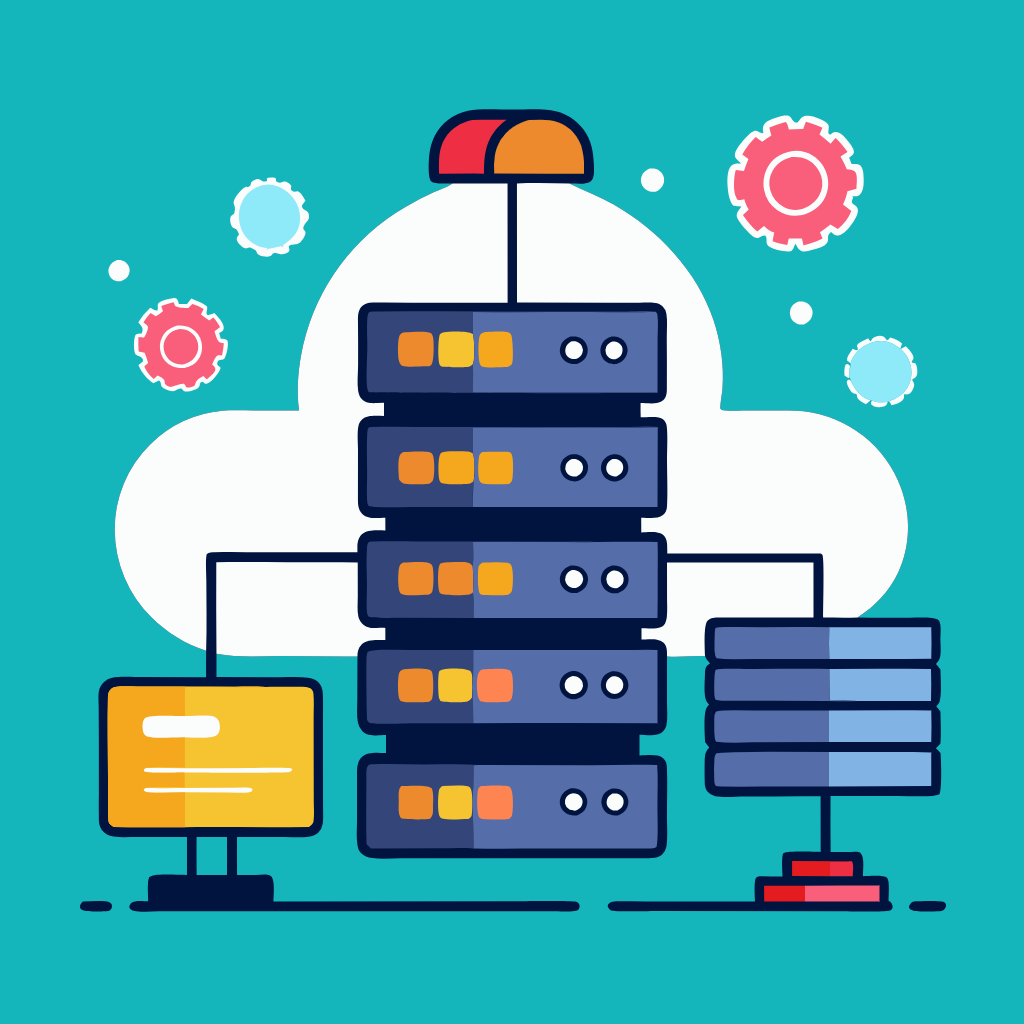The terms “on-premises,” “IaaS” (Infrastructure as a Service), “PaaS” (Platform as a Service), and “FaaS” (Functions as a Service) refer to different deployment and service models in the realm of cloud computing and infrastructure management. Here’s an overview of the key differences between these concepts:
| Aspect | On-Premises | IaaS | PaaS | FaaS |
|---|---|---|---|---|
| Location | On-premises | Cloud Data Centers | Cloud Data Centers | Cloud Data Centers |
| Ownership and Control | Full control | Limited control | Minimal control | No control (abstracted) |
| Responsibility | Full ownership | Infrastructure management | Application development | Function implementation |
| Scalability | Manual, hardware purchase | On-demand virtual resources | Automatic, based on app demand | Automatic, event-driven |
| Examples | Traditional data centers | AWS, Azure, GCP | Heroku, Google App Engine | AWS Lambda, Azure Functions |
| Management Complexity | High | Moderate | Low | Very Low |
| Infrastructure Details | Managed in-house | Managed by IaaS provider | Abstracted by PaaS provider | Fully abstracted by FaaS provider |
| Use Cases | Legacy systems, data-sensitive workloads | Scalable web apps, virtualized environments | Web and mobile app development | Event-driven, microservices |
| Deployment Speed | Slower due to hardware provisioning | Faster virtual resource provisioning | Fast application deployment | Instant function deployment |
| Resource Cost Flexibility | Limited flexibility | Flexible based on resource usage | Resource cost bundled with platform | Granular billing based on function execution |
| Maintenance Effort | High (hardware and software) | Moderate (virtual infrastructure) | Low (focus on code) | Minimal (purely code) |
Discover more from Susiloharjo
Subscribe to get the latest posts sent to your email.





